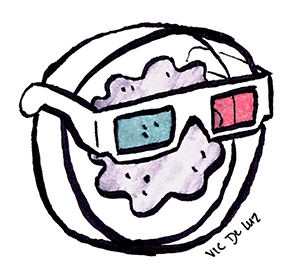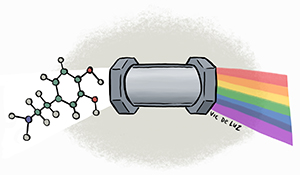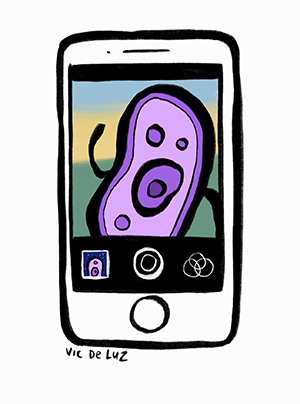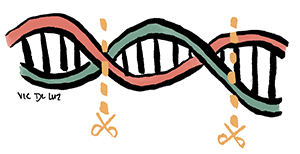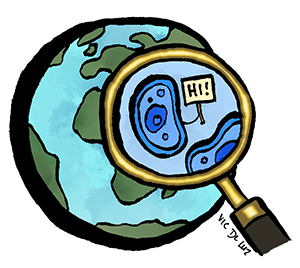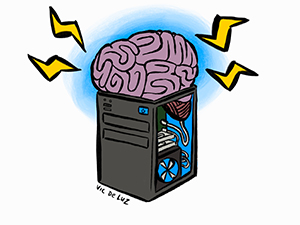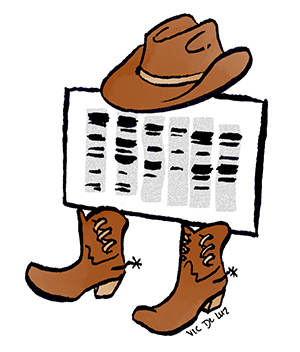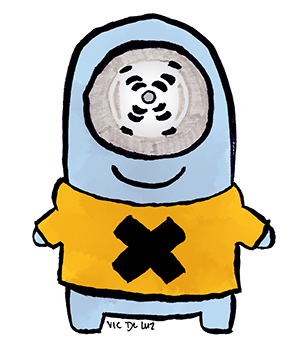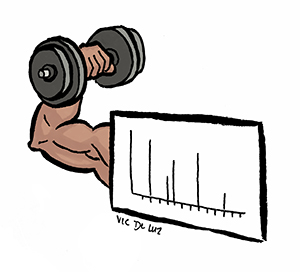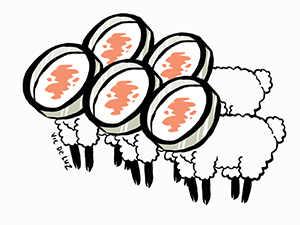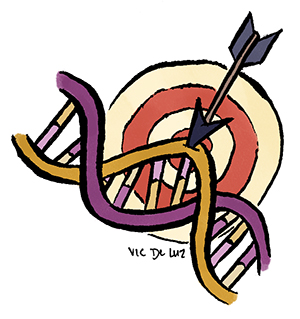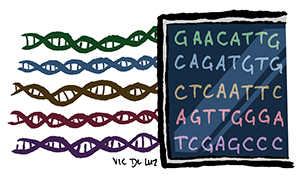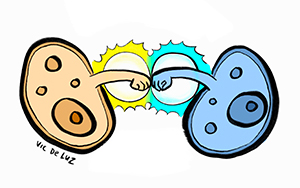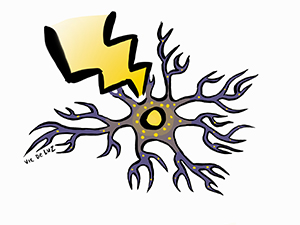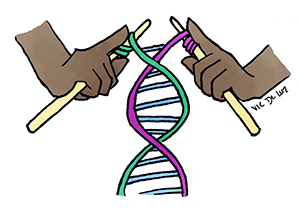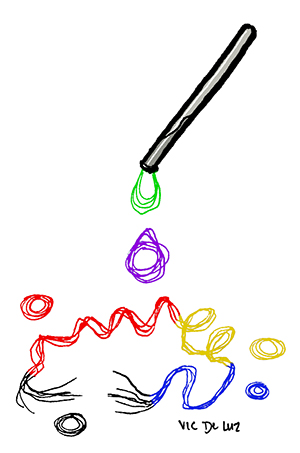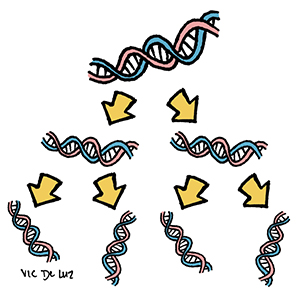Picture this: The 2nd annual JBC Methods Madness tournament
If you've ever been part of a March Madness office pool, you know the drill. Fill out your brackets to predict which National College Athletic Association basketball teams will prevail, put a dollar in the kitty, and then cringe as your brackets get busted — usually well before the Final Four.
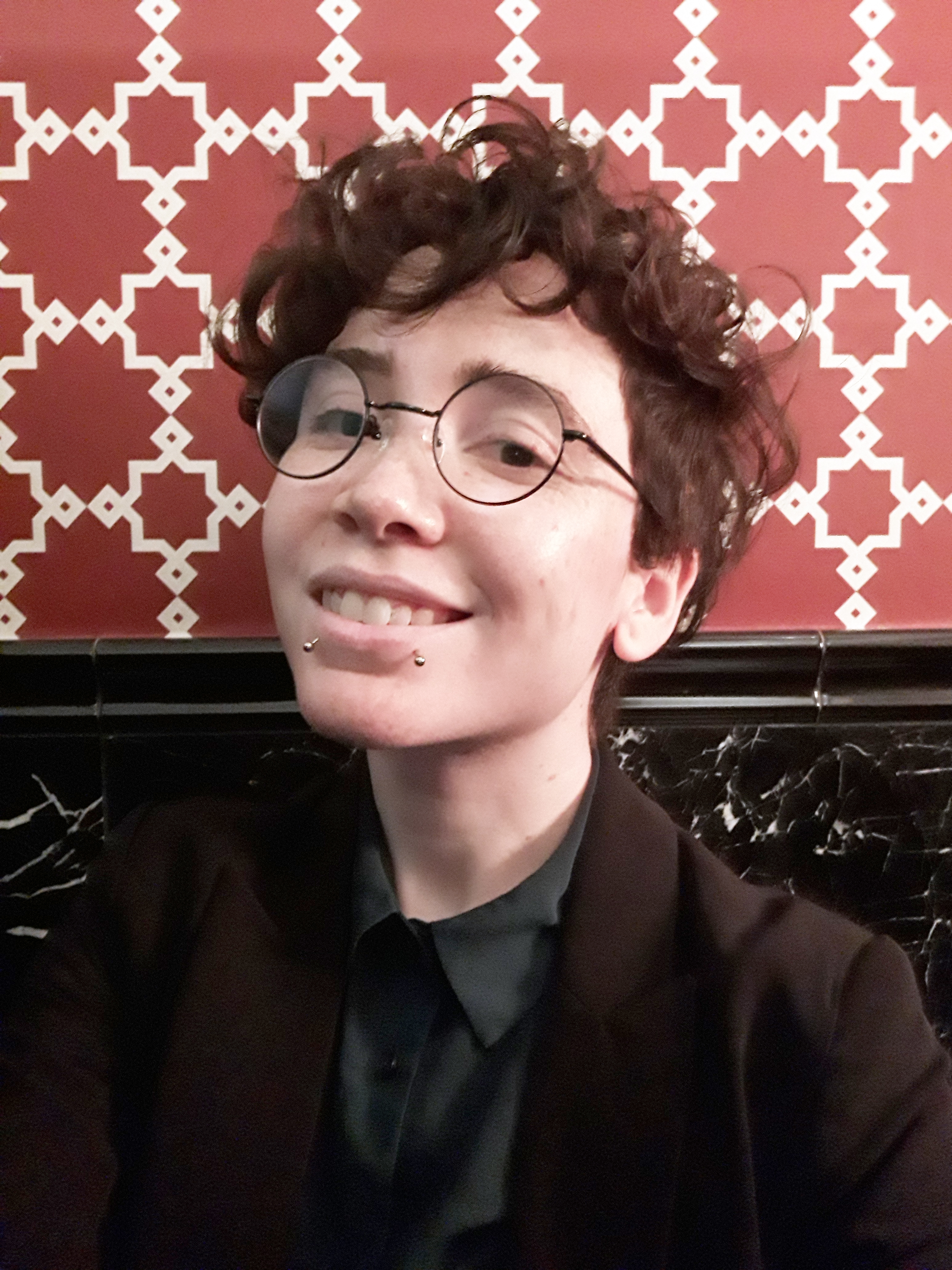
This is the Journal of Biological Chemistry version, so instead of teams we bring you competing scientific methods and a chance to sway the outcome with votes (and maybe some trash talk) on Twitter. #TeamMassSpec is the 2021 champion, beating out last year’s winner, #Team Cryo-EM, in a nail-biter, every-vote-counts finish.
OK, not exactly like March Madness — but we do have some pretty adorable team mascots. Thanks to Vic De Luz, the executive assistant in the American Society for Biochemistry and Molecular Biology’s publications department, our competing methods have been brought to life. Vic introduces the mascots below and explains the inspiration for each one.
|
A nostalgic pair of paper anaglyph glasses highlights this organoid's 3D distinction. |
In the same way a prism divides white light into its colorful spectrum of wavelengths, chromatography separates a mixture into its components. |
|
|
It's tough to encapsulate all the advancements in live-cell imaging in one cartoon, so this cell-fie gets at the broader concept. |
I focused on the chain termination step of Sanger sequencing here, in which the target DNA is "clipped" into fragments of various lengths. |
|
|
I'm always enchanted by mega–high-resolution photos when I see them online. I wanted to evoke that same sense of massive scale and clarity here, even though spotting a single cell from space might be hyperbolic (for now). |
A self-improving algorithm is a pretty abstract concept to draw, but the human mind improves with experience the same way. Therefore, I've plugged a familiar-looking brain into a computer. |
|
|
Last year's winner, cryogenic electron microscopy, is literally the coolest imaging method, represented by this icy microscope. Stay frosty, #TeamCryo! |
Sometimes a name demands a pun. This is one of my favorites — a Western blot. |
|
|
Possibly the cutest method mascot, this little guy has Rosalind Franklin's iconic "Photo 51" of DNA's double-helix structure as a big round eye. |
|
|
|
A lot of widely used methods in BMB seek similar goals — to differentiate this image from PCR's, I leaned on Dolly the sheep, the original cloning mascot. |
Clustered regularly interspaced short palindromic repeats', aka CRISPR's. claim to fame is its precision, and the arrow and bullseye target communicates that clearly. |
|
|
I interpreted "massively parallel sequencing" fairly literally in this one. A more realistic representation would be much taller! |
Color can be communicative — I used neon yellow and cyan to suggest fluorescent chromophores in this energy transfer fist bump. |
|
|
The flash of light highlights the neuron in gold and sends little golden signals spreading outward. |
To emphasize that the genes are created new from scratch, I chose a pair of hands knitting together a strand of DNA. |
|
|
One of our scientists on staff showed me some composite diagrams of protein structures determined through nuclear magnetic resonance, and I borrowed the look of them for this drawing, spilling right out of a specimen tube. |
The downward and outward moving arrows show the exponentially increasing number of the DNA fragments reproduced through polymerase chain reaction over the rapid generations. |
Enjoy reading ASBMB Today?
Become a member to receive the print edition four times a year and the digital edition monthly.
Learn moreGet the latest from ASBMB Today
Enter your email address, and we’ll send you a weekly email with recent articles, interviews and more.
Latest in Opinions
Opinions highlights or most popular articles

How pediatric cataracts shaped my scientific journey
Undergraduate student Grace Jones shares how she transformed her childhood cataract diagnosis into a scientific purpose. She explores how biochemistry can bring a clearer vision to others, and how personal history can shape discovery.

Debugging my code and teaching with ChatGPT
AI tools like ChatGPT have changed the way an assistant professor teaches and does research. But, he asserts that real growth still comes from struggle, and educators must help students use AI wisely — as scaffolds, not shortcuts.

AI in the lab: The power of smarter questions
An assistant professor discusses AI's evolution from a buzzword to a trusted research partner. It helps streamline reviews, troubleshoot code, save time and spark ideas, but its success relies on combining AI with expertise and critical thinking.

How AlphaFold transformed my classroom into a research lab
A high school science teacher reflects on how AI-integrated technologies help her students ponder realistic research questions with hands-on learning.

Writing with AI turns chaos into clarity
Associate professor shares how generative AI, used as a creative whiteboard, helps scientists refine ideas, structure complexity and sharpen clarity — transforming the messy process of discovery into compelling science writing.
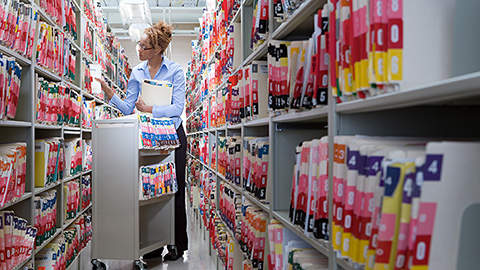
Teaching AI to listen
A computational medicine graduate student reflects on building natural language processing tools that extract meaning from messy clinical notes — transforming how we identify genetic risk while redefining what it means to listen in science.

